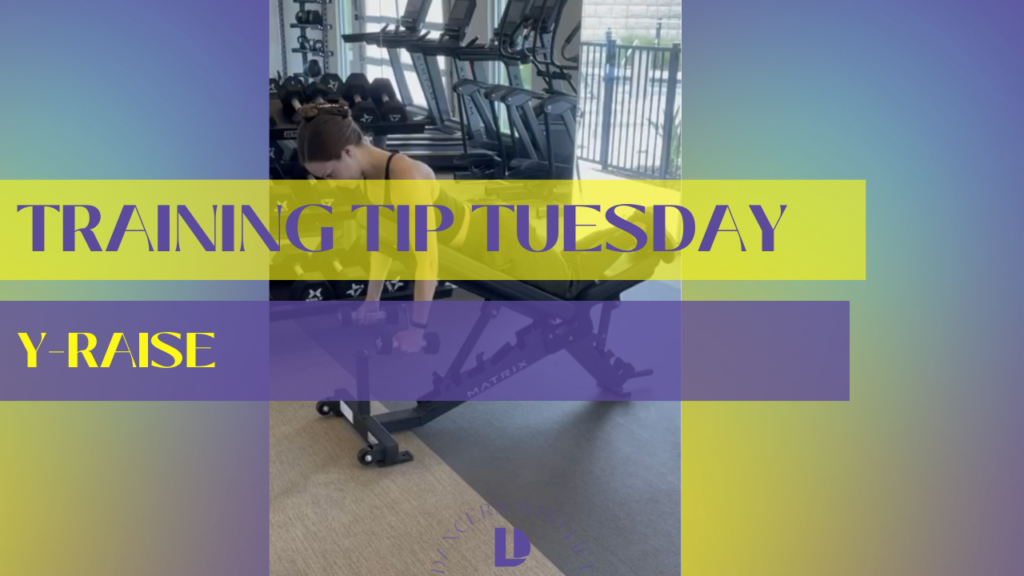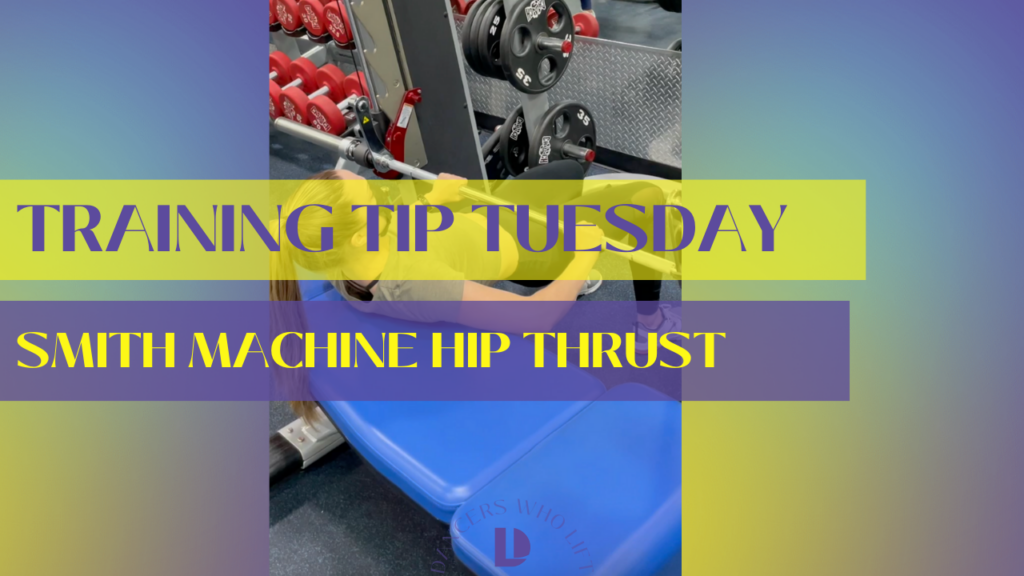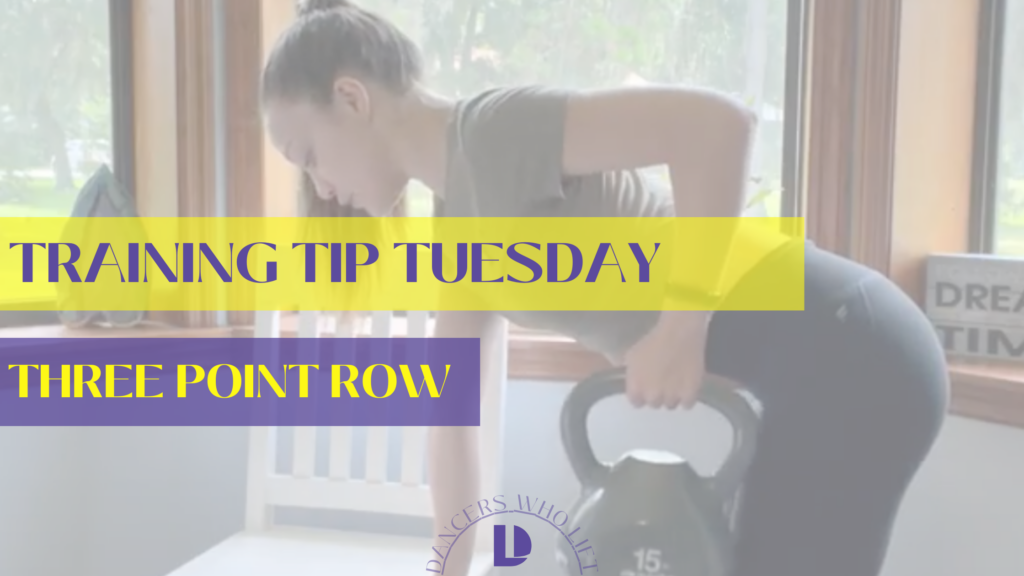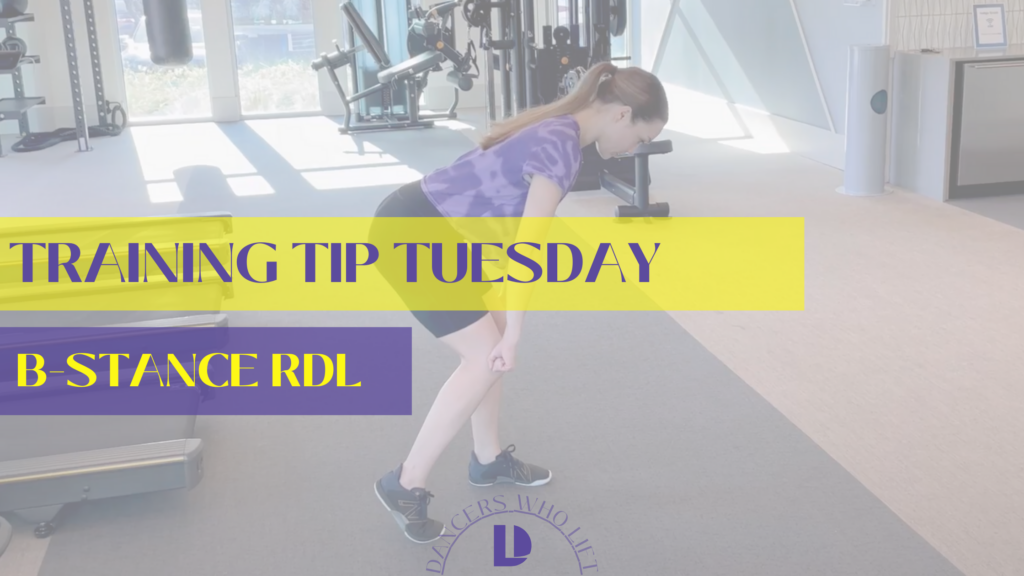Happy Training Tip Tuesday! Today we are telling you everything you need to know about the Y-Raise!
What is a Y-Raise, You Ask?
A Y-raise is a scapular/mid-back exercise that helps us strengthen our scapular retraction – in other words- this exercise helps maintain proper alignment and good posture!
What muscles does the Y-Raise strengthen?
This exercise targets a variety of back muscles including:
Here is a little diagram to help you visualize:

So How Do You Perform the Y-raise?
Follow these steps:
- Set yourself up on a bench angled at 45 degrees and lie with your chest on the pad. You can keep your feet on the ground if you are tall enough, or if you are short like me, kneel on the headrest of the bench so your neck and head extend off the top of the bench.
- Hold a dumbbell in each hand (you won’t need a lot of weight to feel this exercise), with a neutral grip: palms facing each other. Allow your hands to drop straight toward the ground on either side of the bench.
- Keeping a soft bend in the elbows, raise your arms (keeping that neutral grip) on a slight diagonal to align with your head making a “Y” shape.
- Lower arms back down to the starting position.
Still have questions? Here are a few extra technique tips to look for:
- Keep your spine aligned and don’t let your head drop
- Keep your shoulders down and don’t let them rise into your ears
- Keep thumbs pointing towards the sky the entire time
Good luck and let us know how it goes!
Want more training tips like these? Check out: FLEXIBILITY vs. MOBILITY: Is passive stretching overrated?, Training Tip Tuesday: kneeling thoracic extension stretch, What is a Rest Day? The Key To Unlocking Your Progress








